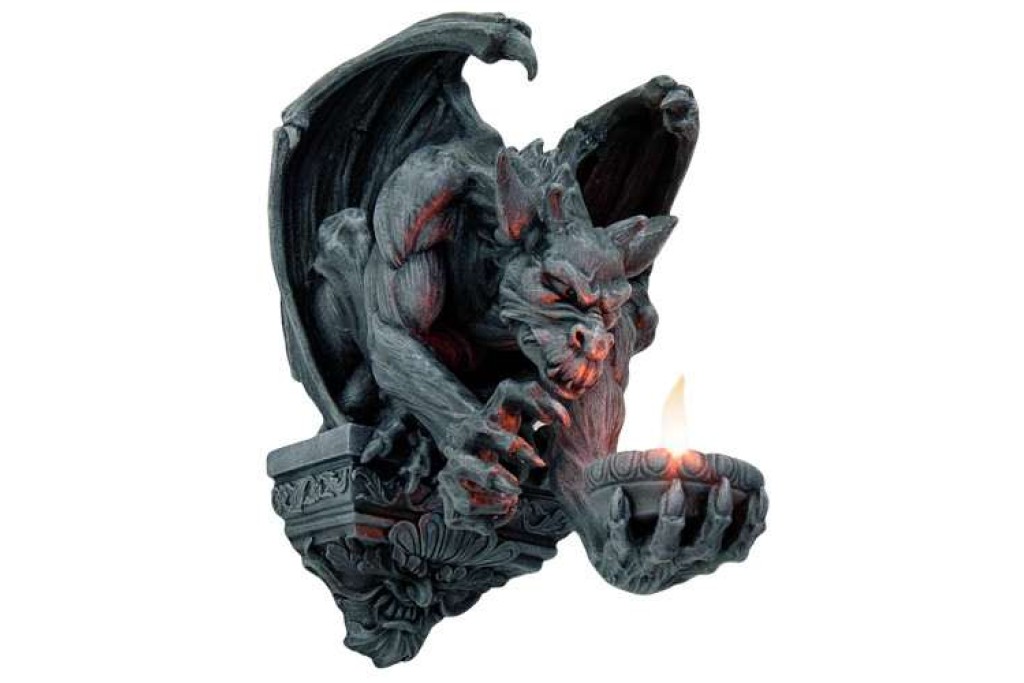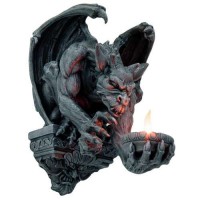The Mysteries of Gargoyles: From Mythology to Modern Marvels
- June 06, 2023
- 979
- 0
Gargoyles, with their enigmatic presence, can trace their origins back to ancient civilizations. While their precise origins are shrouded in the mists of time, one of the earliest known instances of gargoyle-like creatures can be found in ancient Egypt. Egyptians believed in the power of protective deities and often incorporated animal-headed figures into their architectural designs. These figures served as guardians against malevolent spirits and were believed to ward off evil.
As the influence of ancient civilizations spread, so did the concept of gargoyle-like creatures. In ancient Greece, mythical beasts such as the Chimera and the Medusa were depicted with grotesque features and adorned temples and buildings as deterrents against evil forces. Similarly, ancient Rome featured monstrous creatures like the Sheela na Gig, known for their intimidating appearance and ability to ward off evil spirits.
It was during the medieval period, particularly in Europe, that gargoyles became prominent architectural features. Gothic cathedrals, with their soaring spires and intricate stone carvings, showcased an abundance of gargoyles. These magnificent structures were not only places of worship but also served as visual representations of the divine. Gargoyles played a crucial role in Gothic architecture, serving as functional rainwater spouts, diverting water away from the buildings to protect their delicate stone facades.
The widespread use of gargoyles in Gothic architecture can be attributed to both practical and symbolic reasons. While they served a functional purpose by channeling rainwater away from the buildings, they also held symbolic significance. Gargoyles were believed to possess protective qualities, warding off evil spirits and protecting the structures they adorned.
Over time, the designs of gargoyles became increasingly elaborate and diverse. Sculptors and stonemasons took great pride in their creations, infusing each gargoyle with unique features and expressions. These grotesque and fantastical creatures became an integral part of the visual narrative of Gothic architecture, showcasing the immense craftsmanship of the artisans.
Today, many of the iconic cathedrals and historic buildings around the world still bear the mark of gargoyles. The gargoyles that adorn the Notre Dame Cathedral in Paris, for example, have become famous symbols of the city. Their presence serves as a testament to the enduring legacy of these mythical creatures and their significance in architectural history.
As we explore the enchanting world of gargoyles, we begin to unravel the layers of history and mythology surrounding these fascinating creatures. From their ancient origins to their modern-day representations, gargoyles continue to captivate our imaginations and remind us of the intricate connections between art, culture, and the human spirit.
Related Posts
Ganesha: A Comprehensive Insight into the Elephant-Headed Deity From Birth to Teachings
- 905
- 0
Explore Ganesha, the elephant-headed God of Success in Hinduism. Discover his mythology, symbolism, and teachings that continue to inspire worldwide.
Related Products
The Guardian Gargoyle Statue
$48.50
Gargoyle Cat Door Knocker
$32.50
Baby Goat Gargoyle Figurine
$15.00







